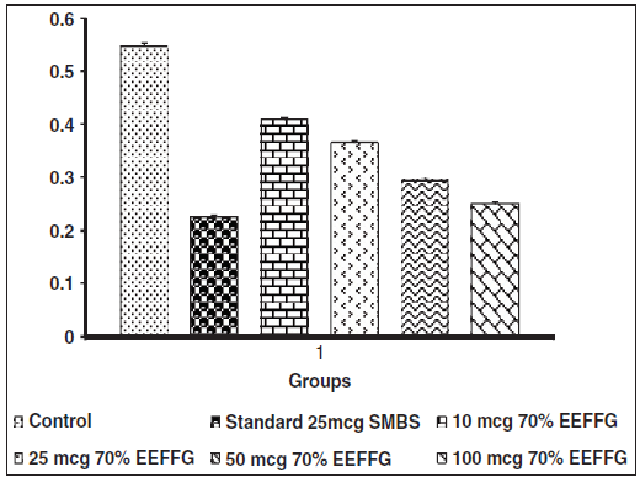Study on Anti-oxidant Activity of Unripe Fruit of Ficus glomerata (Roxb.) using In-vitro Models
DOI:
https://doi.org/10.5530/ax.2011.4.11Keywords:
Ficus glomerata, Reducing power, Hydroxyl radical, Superoxide anion, AntioxidantAbstract
Cellular damage or oxidative injury arising from free radicals or reactive oxygen species (ROS) now appears the fundamental mechanism underlying a number of human neurodegenerative disorders, diabetes, inflammation, viral infections, autoimmune pathologies and digestive system disorders. Free radicals are generated through normal metabolism of drugs, environmental chemicals and other xenobiotics as well as endogenous chemicals, especially stress hormones (adrenalin and noradrenalin). Accumulated evidence suggests that ROS can be scavenged through chemoprevention utilizing natural antioxidant compounds present in foods and medicinal plants. India is blessed with enormous biodiversity resources, but plagued with several diseases, including those with ROS as the etiological factor. The present study was designed to evaluate the antioxidants activities of unripe fruits of Ficus glomerata Roxb and three complementary test systems, namely superoxide anion scavenging activity, reducing power, hydroxyl radical scavenging activity were used for the antioxidant analysis. In this study Ficus glomerata exhibited strong antioxidant activity.
Downloads
Metrics





